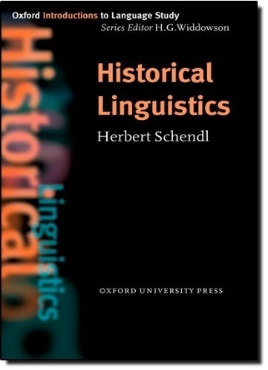Historical Linguistics by Herbert Schendl

Under the thoughtful guidance of the author, the reader dives into the past, traveling through all periods of the existence of English, comparing ancient texts from the 9th century AD to modern ones, studying the changes that have taken place in the languages of the Indo-European language family.
The history of language is justly considered to be one of the most complex branches of the linguistic corps; that is why the author's position towards the writing of the manual is especially valuable. His aim is to make the subject available to beginners, as well as to show a close connection between the history of language and all other sciences described in the books of the series.
The author gives the detailed description of the language changes taking place at each level: phonetic, lexical, and grammatical. He explains the laws under which languages can develop. As the main reason for interlanguage changes, the author identifies contacts between different languages, presenting to our attention the most interesting chapter on linguistic borrowings. Herbert Schendl also writes about historical background around these phenomena.
Schendl gives a detailed answer to the fundamental question “How and why do languages change?”. This issue has been of concern to linguists for many years, therefore it is not surprising that there have been hundreds of explanations for it, many of which the authors presents in the book. In particular, the author introduces functional, psycholinguistic and sociolinguistic perspectives.
Herbert Schendl not only focuses on the past, but also looks into the future prospects, presenting the reader his vision of the development of the history of language as science for the next generations. Among the theories and spheres of study, he identifies three most promising: a focus on social and pragmatic aspects in the study of ancient states of language, a study of linguistic evolution in terms of neo-Darwinism, and the deliberate inducement of linguistic change.



